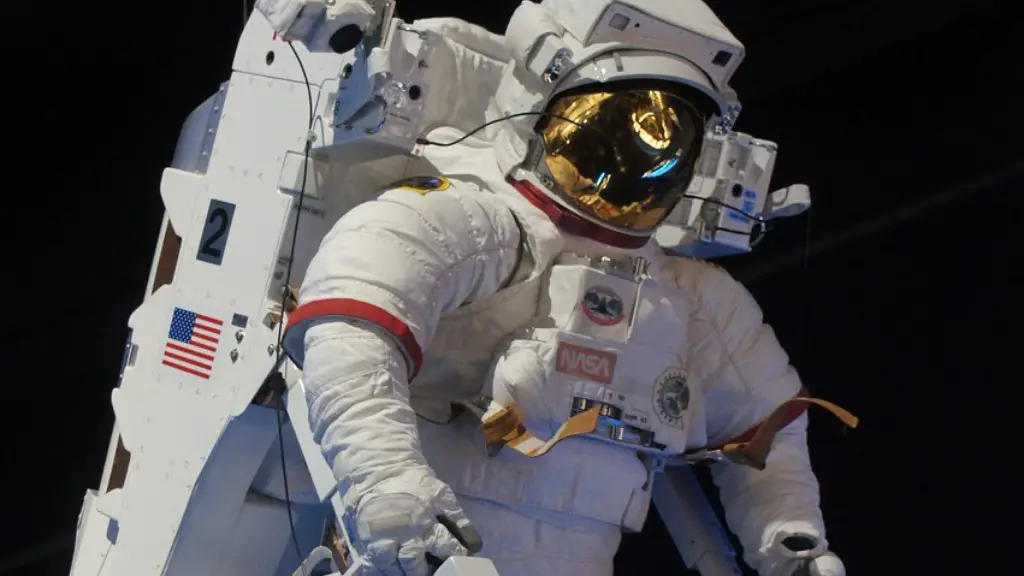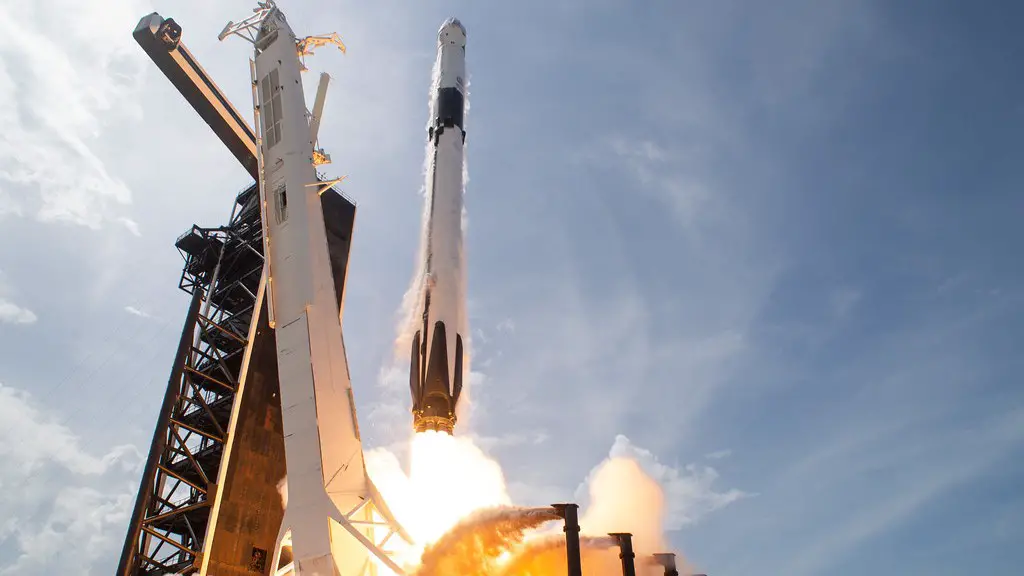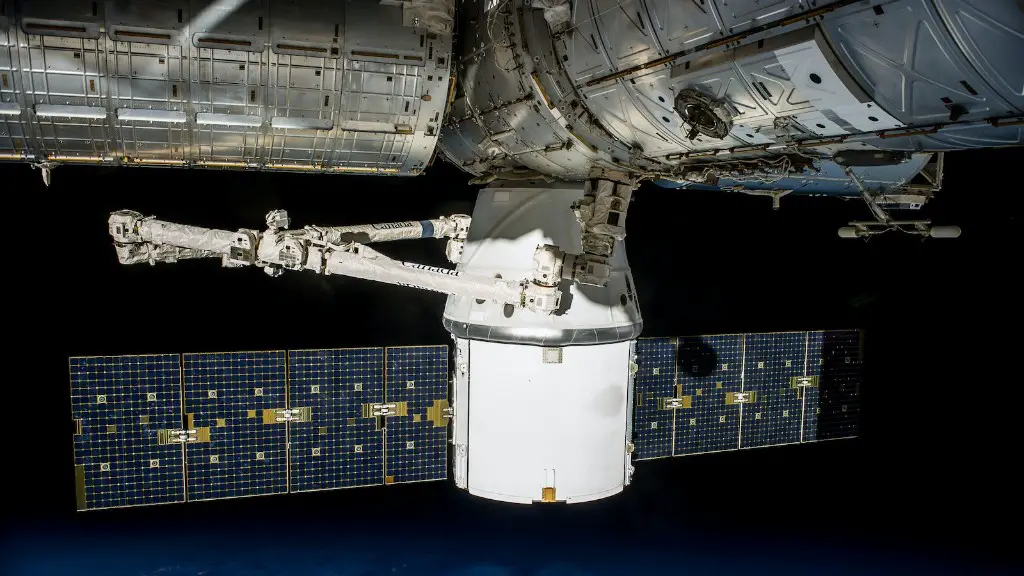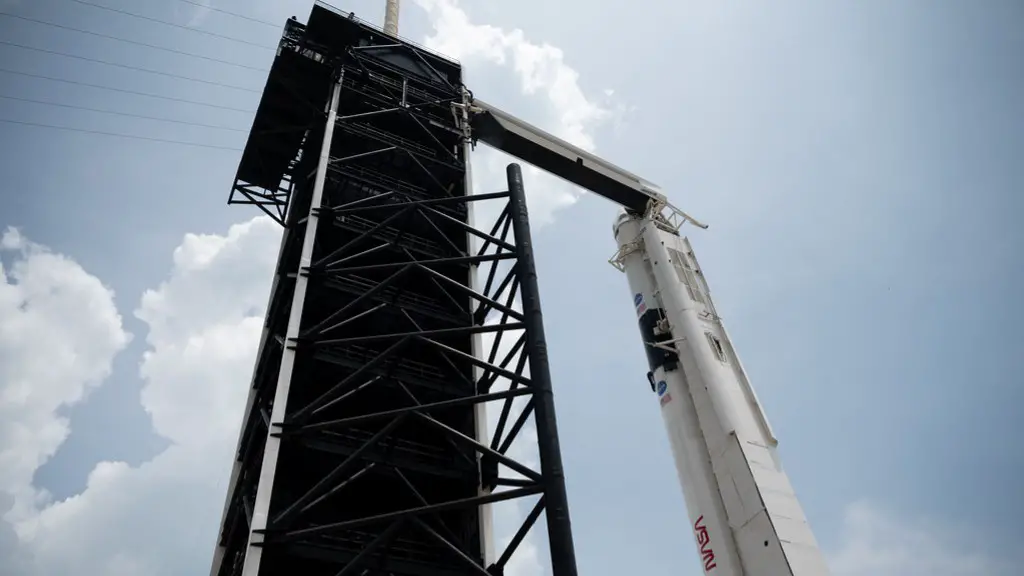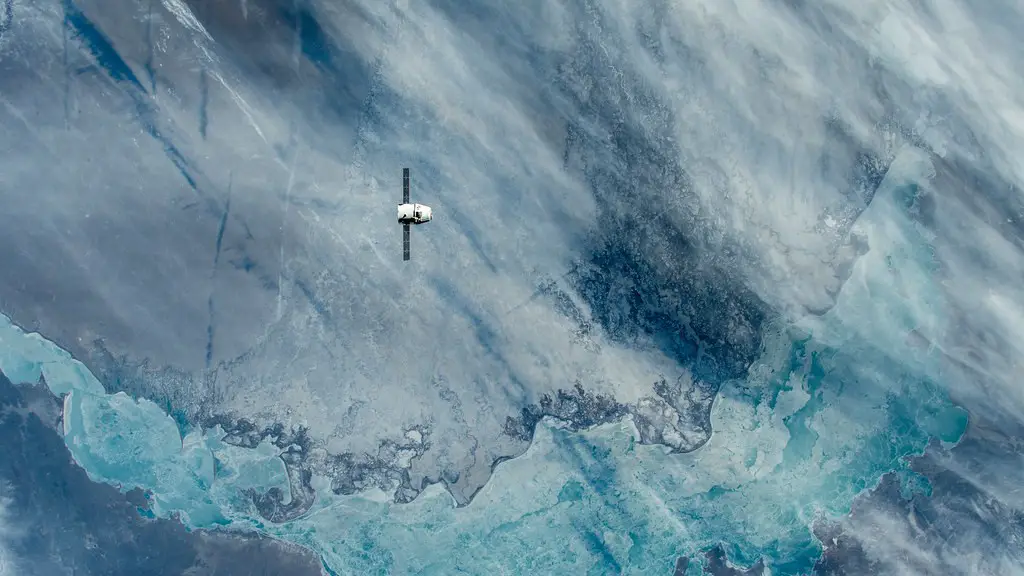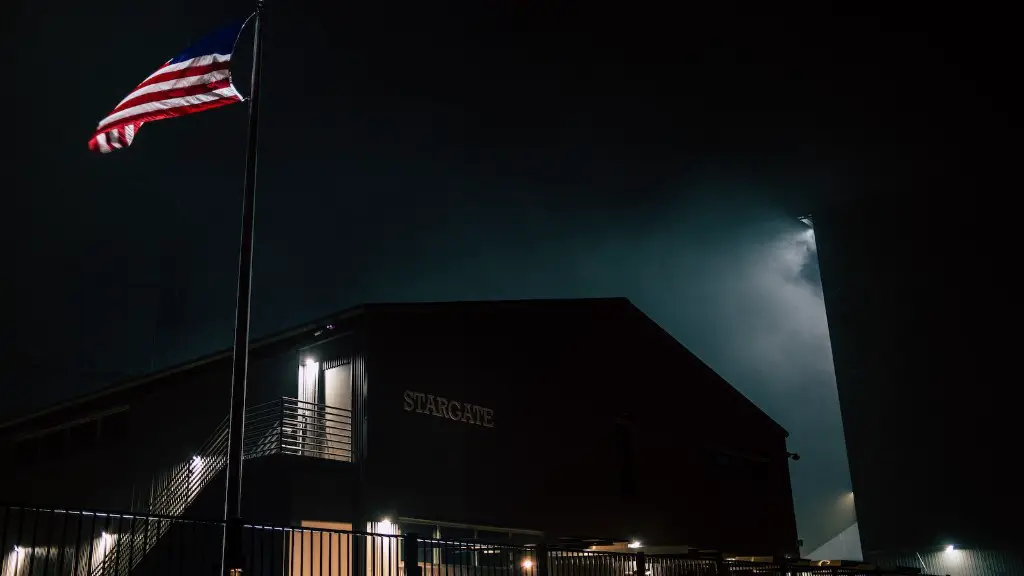Since the early days of space exploration, scientists have been interested in the possibility of growing plants in space. The idea of having vegetation on spacecrafts and space stations not only provides a source of food for astronauts, but also helps to create a more comfortable and Earth-like environment. While there have been many challenges associated with growing plants in space, recent advances in technology have made it possible for NASA to successfully cultivate vegetation in microgravity.
Nasa grows plants in space by using a process called hydroponics. In hydroponics, plants are grown in a water-based solution without the use of soil. The plants are supplied with all the nutrients they need to grow from the water solution.
Does NASA grow plants in space?
Veggie is a space garden that helps NASA study plant growth in microgravity. The garden is located on the space station and consists of different types of vegetables that the astronauts can eat. Veggie also enhances happiness and well-being on the space station by providing fresh food and a place to relax.
The Veggie system is a plant growth system that was developed by NASA for use in space. The system consists of a series of pillows, each of which contains a growth media and fertilizer. The pillows are important to help distribute water, nutrients and air in a healthy balance around the roots. The astronauts first started by growing lettuce in the Veggie system.
Can astronauts grow plants in space
It’s pretty amazing that plants can be grown in space! It just goes to show how adaptable they are. I’m really curious to see how plants will continue to be used in space in the future.
The Veggie system is a type of hydroponic system that uses plant pillows instead of traditional grow mediums. These pillows are made of a special material that controls and releases fertilizer, and a plant wick is inserted into each one. The seed is placed inside the pillow oriented so that the roots grow into the bag and the stem emerges up and out of the bag. This system is ideal for growing vegetables, as it provides them with everything they need to thrive without the need for soil.
Can plants survive in a vacuum?
It is amazing that some plants can survive in such hostile conditions. They have adapted to be able to withstand the lack of oxygen and the quick boiling of water. This is a testament to the resiliency of life.
The XROOTS system is a great way to grow space vegetables. It uses hydroponic and aeroponic methods to support plants at all stages of growth, starting with seeds. This system is very efficient and produces healthy plants.
How can plants grow without soil in space?
Hydroponics is a method of growing plants in water without soil. The plants are able to get all the nutrients they need from the water, so there is no need for soil. This makes it possible to grow food in places where there is limited space, such as in cities.
It’s interesting to think about how different the roots of plants would be in space, where there is microgravity. It seems like gravity would have a big influence on them, but actually they would be able to grow more and absorb more nutrients. So, in a way, they would be better off in space!
How do trees grow in space
Plants on the space station grow much differently than plants on Earth. Without the force of gravity, plants grow taller and thinner, and don’t need to lay down as much supportive tissue. Water is also much easier for plants to draw in space, as there is no gravity pulling on the water column. This allows plants to get very large without weighing anything down.
The Luyuan 502 wheat plants are a variety that was created in outer space. The plants were bred from seeds that were flown into orbit 200 miles (340km) above the Earth’s surface. These plants are China’s second most widely grown type of wheat and are known for their large fields of crops.
Can plants grow with Mars soil NASA?
Due to the lack of nutrients and the granular, porous texture of Martian soil, plants will not grow as well in it as they do in Earth potting soil. However, some plants will be able to survive.
As mentioned earlier, Mars’s open air is just too cold for plants to survive. The average temperature on the planet is about -60 degrees Celsius, and this cold temperature prevents plants from photosynthesizing and growing. Additionally, the atmosphere of Mars is very dry, and lacking in Nutrients, further preventing plant growth. In short, it is simply too cold and dry on Mars for plants to grow.
Is space farming possible
Today, there are small, engineered space greenhouses that can grow nutritious plants by rigorously controlling the plant environment. These greenhouses provide an efficient way to produce food in space, and they can help astronauts to maintain their health during long-term missions. In addition, these greenhouses can also be used to grow plants for research purposes.
The low nutrient content of the Martian soil and the high salinity of the water make it unsuitable for direct use for growing food crops on Mars. However, it may be possible to modify the soil and water to make them more hospitable for plants. Additionally, greenhouse structures could be used to provide the necessary environment for plant growth.
What plants can we grow in space?
Some plants that are grown in space include Arabidopsis, Bok choy, Super dwarf wheat, Apogey wheat, Brassica rapa, Rice, Tulips, and Kalanchoe.
Microgravity does not present an obstacle to growing plants, as long as they are in a controlled environment such as a greenhouse. This is because plants rely on gravity for several important functions, including providing structural support, transporting water and nutrients, and orienting themselves towards light. However, in microgravity, these functions can be performed using alternative methods, such as hydroponics. Therefore, microgravity should not be a barrier to growing plants in space.
Conclusion
NASA grows plants in space by using a Plant Growth Unit (PGU). The PGU is a controlled environment chamber that provides the necessary light, temperature, humidity, and carbon dioxide levels for plant growth. Plants are grown in soil contained in plastic bags inside the chamber.
Nasa has been able to successfully grow plants in space by using a process called hydroponics. In hydroponics, plants are grown in a water-based solution instead of in soil. This method is often used in space because it doesn’t require the use of a lot of resources, and it doesn’t produce a lot of waste.
